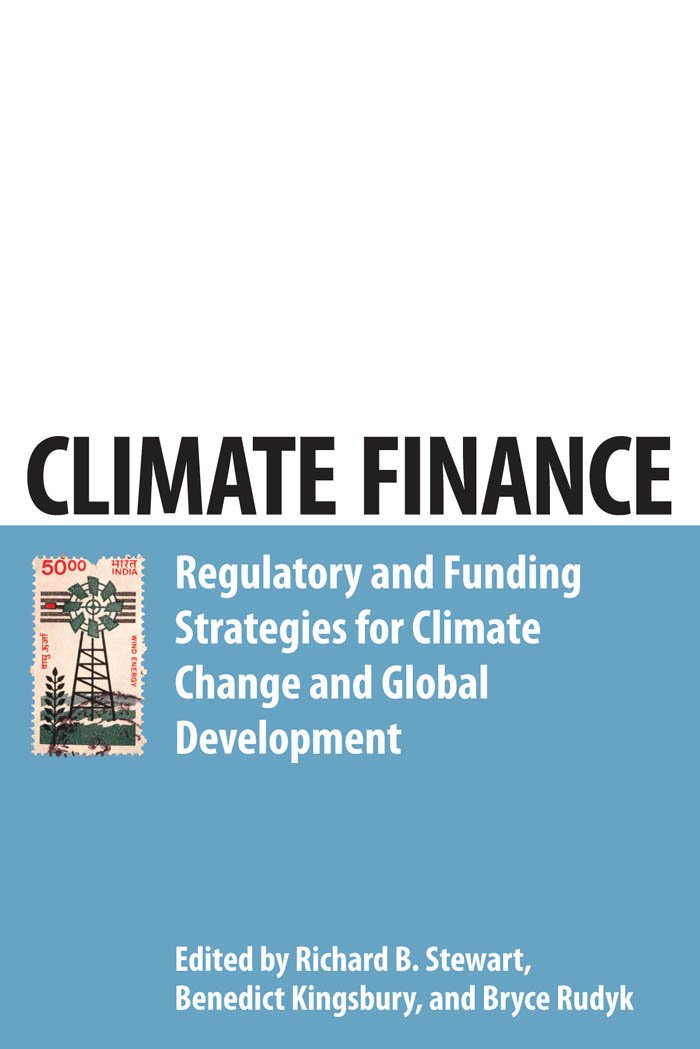MENUMENU
- Home
- About Us
- Research
- Research Areas
- Agriculture
- Air Pollution
- Climate Change
- Economy
- Education
- Environmental Law & Justice
- Energy & Electricity
- Federalism
- Governance, Accountability & Public Finance
- Health & Nutrition
- Indian Politics
- International Relations & Security
- Jobs
- Land Rights
- Sanitation
- Social Justice
- State Capacity
- Technology
- Urbanisation
- Water
- Miscellaneous
- Research Initiatives
- Accountability Initiative
- Governance & Public Policy Initiative
- India Infrastructures & Ecologies Program
- Initiative on Cities, Economy & Society
- Initiative on Climate, Energy & Environment
- Land Rights Initiative
- Scaling City Institutions for India Initiative (SCI-FI)
- State Capacity Initiative
- The Jobs Initiative
- The Politics Initiative
- The Technology & Society Initiative
- TREADS: Transboundary Rivers, Ecologies & Development Studies
- Research Areas
- Publications
- People
- Events

